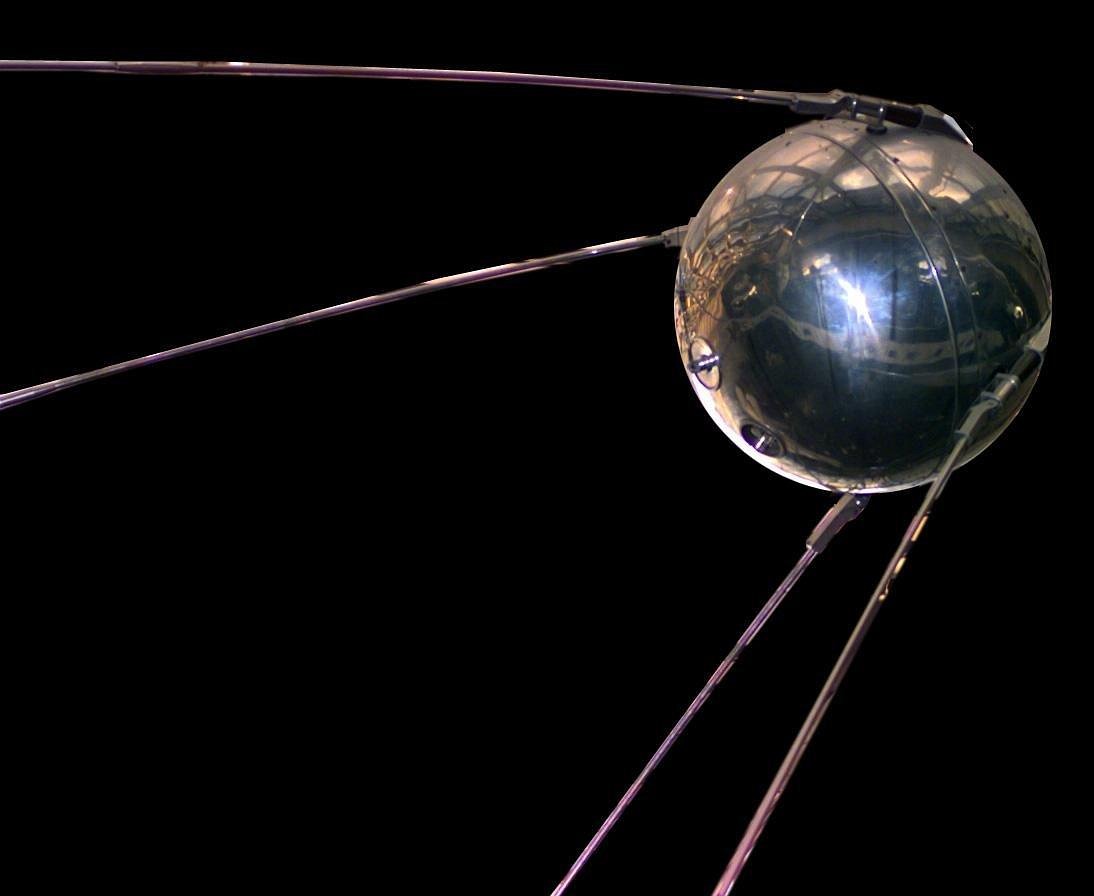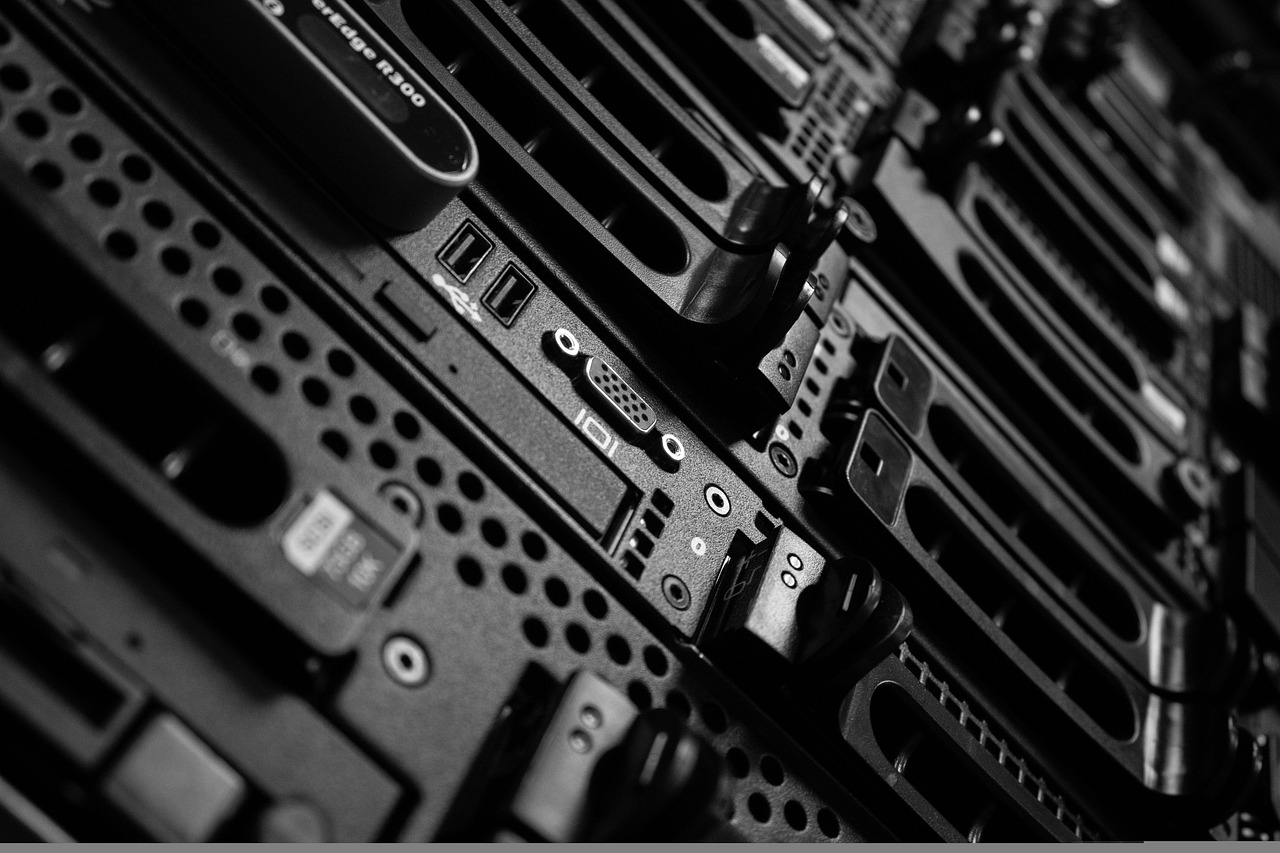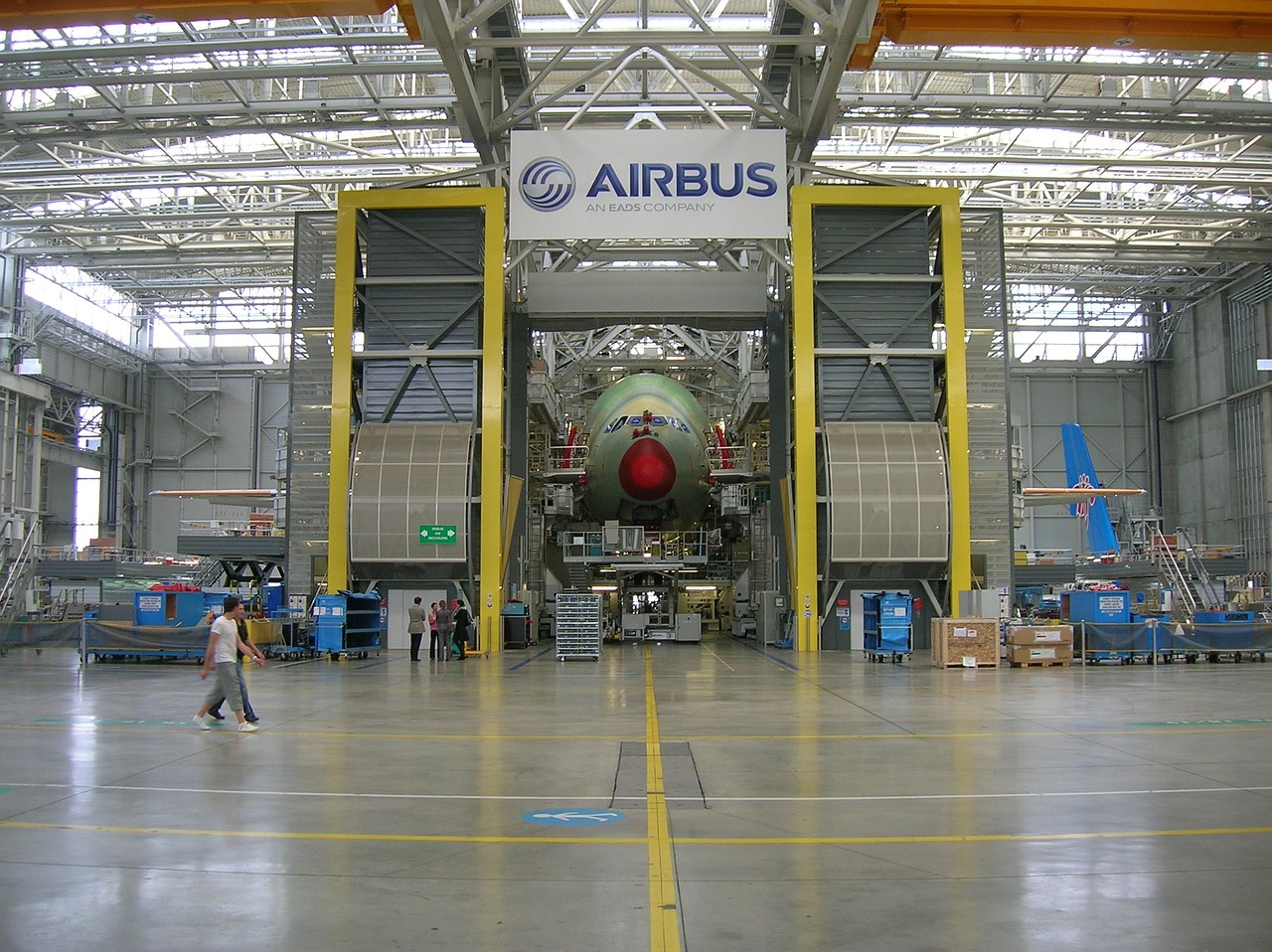
nternet of Things (IoT)
Discover how the Internet of Things (IoT) is revolutionizing industries, enhancing daily life, and creating smarter, more connected environments. Explore its applications, benefits, and future.
What is the Internet of Things (IoT)?
The Internet of Things (IoT) refers to a network of physical devices that are connected to the internet, enabling them to collect, exchange, and share data. These devices range from smart home gadgets like thermostats and lights to complex machinery used in manufacturing and healthcare.
In simple terms, IoT allows everyday objects to “talk” to each other, making our environments smarter, more efficient, and more connected than ever before. By integrating sensors, software, and internet connectivity, IoT is transforming the way we live, work, and interact.
Key Features of IoT Technology
- Connectivity: IoT devices connect to the internet, allowing real-time data exchange.
- Automation: IoT enables devices to operate automatically based on pre-set conditions.
- Data Collection: Devices gather and share valuable data, helping us make informed decisions.
- Remote Control: IoT allows users to control devices remotely, offering convenience and flexibility.
How IoT Works
- Devices and Sensors: IoT starts with smart devices (like a fitness tracker or smart refrigerator) that contain sensors to collect data.
- Connectivity: These devices send the data to the cloud via Wi-Fi, Bluetooth, or other networks.
- Data Processing: The cloud processes the data and can trigger actions, such as sending alerts or making automatic adjustments to the device.
- User Interaction: Users can monitor and control these devices via mobile apps or web interfaces.
Applications of IoT in Everyday Life
1. Smart Homes
IoT is revolutionizing how we interact with our homes. Devices like smart thermostats, smart lights, security cameras, and voice assistants (e.g., Alexa, Google Assistant) create a connected home. These devices can learn your preferences and make your home more efficient, secure, and comfortable.
- Example: A smart thermostat adjusts the temperature based on your schedule, saving energy and money.
2. Healthcare and Medicine

In healthcare, IoT devices are improving patient care, enhancing efficiency, and enabling remote monitoring. Wearable health devices like fitness trackers and smartwatches help individuals monitor their vitals in real time, while connected medical devices allow doctors to track patients’ health remotely.
- Example: Smart medical devices can alert doctors about abnormal health readings, enabling quick responses.
3. Industrial IoT (IIoT)
In manufacturing, IoT allows machines, sensors, and equipment to communicate and optimize operations. Predictive maintenance, for instance, uses IoT to monitor machine performance and predict when it needs maintenance, preventing costly downtime.
- Example: Smart sensors in a factory detect machinery wear and tear, sending alerts for repairs before breakdowns occur.
4. Smart Cities
IoT is transforming urban living with smart city solutions. From smart traffic systems that reduce congestion to smart waste management that optimizes trash collection, IoT is making cities more efficient, sustainable, and livable.
- Example: Smart traffic lights adjust in real-time to reduce traffic jams and lower pollution levels.
5. Agriculture
Farmers are using IoT devices for precision farming, such as monitoring soil moisture, temperature, and crop health. These technologies help improve yield and reduce waste.
- Example: Smart irrigation systems use weather data to water crops only when needed, conserving water.
Benefits of IoT

1. Increased Efficiency
IoT devices automate tasks, improve workflow, and allow systems to work together more effectively. In factories, homes, and offices, IoT optimizes operations, saving time and resources.
- Example: Automated lighting and heating systems in homes save energy by adjusting based on usage patterns.
2. Enhanced Decision-Making
With real-time data collected by IoT devices, businesses and consumers can make better, more informed decisions. Whether it’s adjusting your manufacturing process or tracking your fitness goals, IoT provides the insights needed to improve performance.
- Example: Retailers use IoT data to optimize inventory levels, ensuring they always have the right products in stock.
3. Improved Safety and Security
IoT enhances security by providing real-time surveillance, intruder alerts, and remote control of security systems. In homes and businesses, IoT devices help monitor environments and ensure safety.
- Example: A smart doorbell lets you see and communicate with visitors remotely, improving home security.
4. Better Resource Management
IoT devices help businesses and individuals manage resources efficiently. In smart cities, IoT reduces waste, saves energy, and improves traffic flow. In industries, IoT minimizes downtime and maximizes productivity.
- Example: Smart meters track electricity usage, helping consumers reduce their carbon footprint and save on energy bills.
Challenges of IoT
While IoT offers numerous benefits, there are some challenges:

1. Security Concerns
As IoT devices collect and share data, they become potential targets for hackers. Ensuring data privacy and cybersecurity is critical for IoT adoption.
2. Data Overload
With the massive amount of data generated by IoT devices, managing and processing this information can be overwhelming. Effective data analysis and storage solutions are essential to make the most of IoT data.
3. Standardization

The lack of common standards among IoT devices can create compatibility issues. To ensure seamless integration, industry-wide standards need to be developed.
The Future of IoT
As 5G networks expand and more devices become connected, the Internet of Things will continue to grow. Future IoT innovations will include autonomous vehicles, smart homes, wearables, and advanced industrial automation. The potential for connected environments is limitless, and IoT will play a crucial role in shaping our digital future.
Conclusion
The Internet of Things (IoT) is not just a trend; it’s a technological revolution that is changing the way we interact with the world. By connecting everyday devices and providing valuable data insights, IoT is enhancing industries, homes, and cities, making them smarter, more efficient, and safer.
As we continue to embrace IoT technology, the potential for new opportunities and innovations is boundless. Whether it’s improving healthcare, optimizing manufacturing, or creating smarter cities, IoT is connecting the world like never before.





